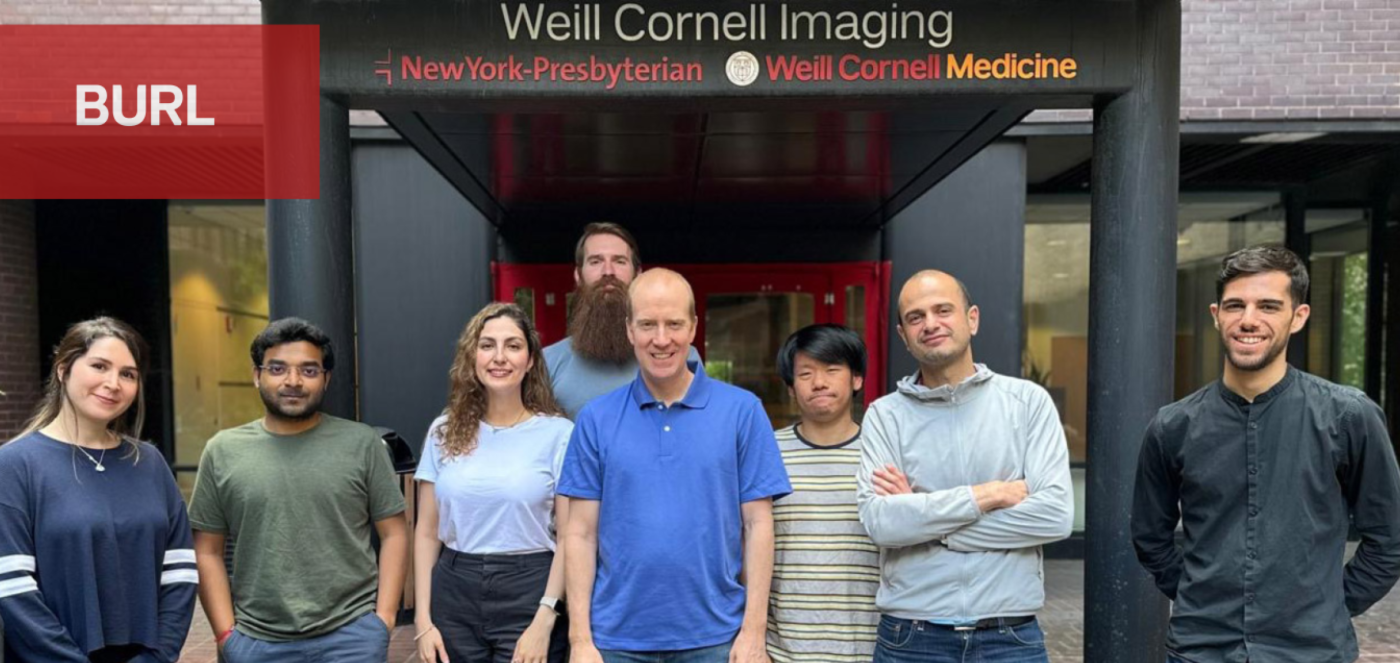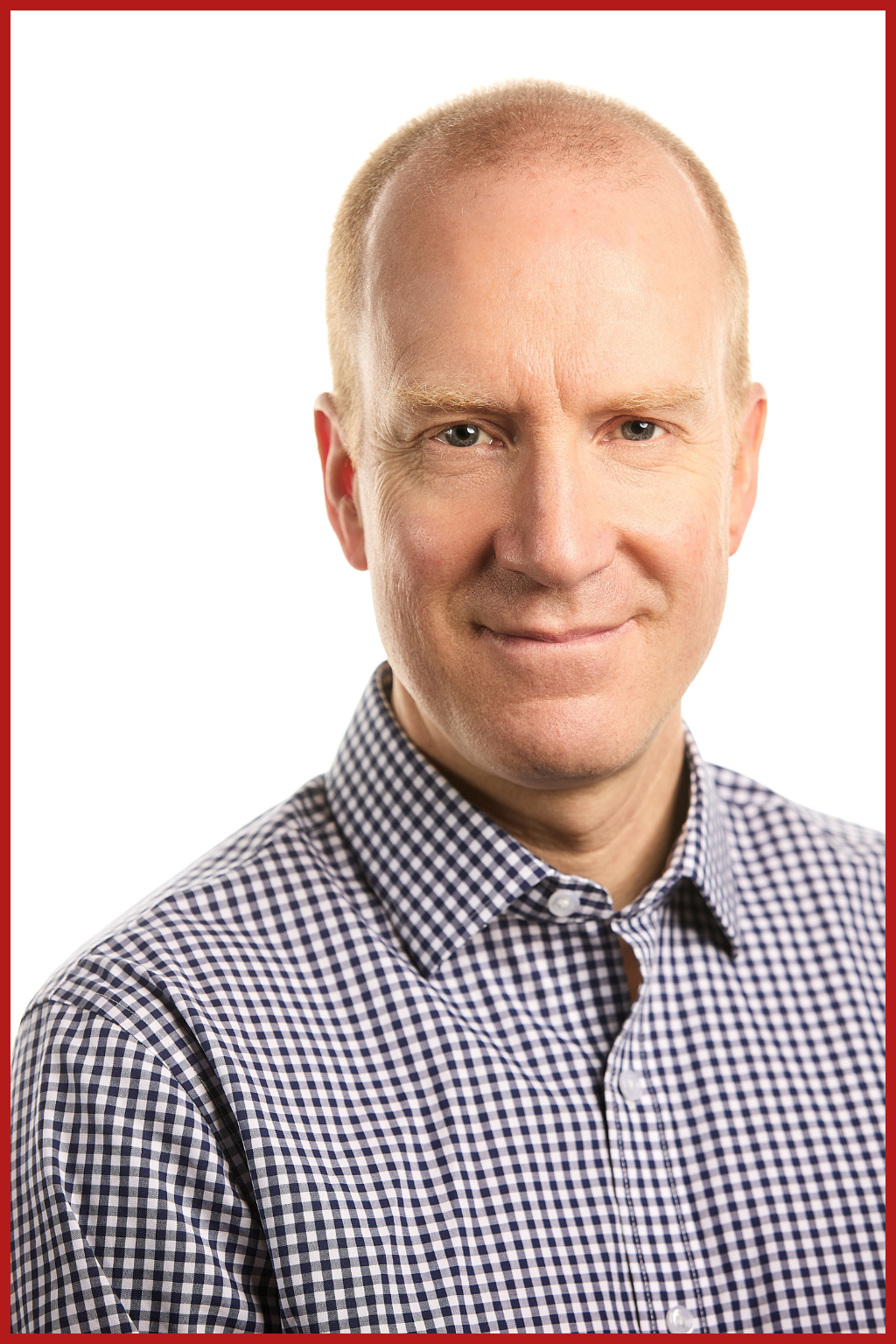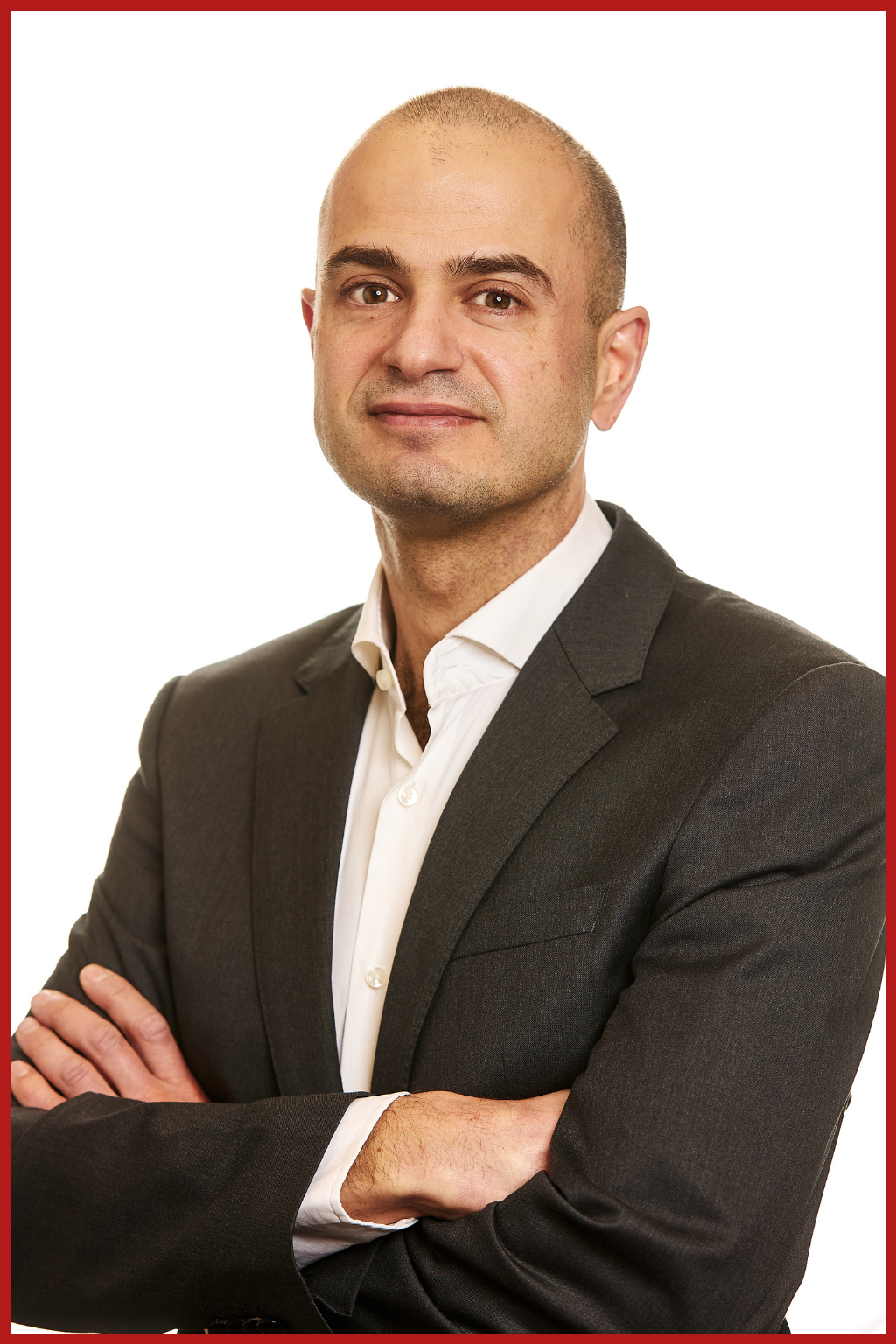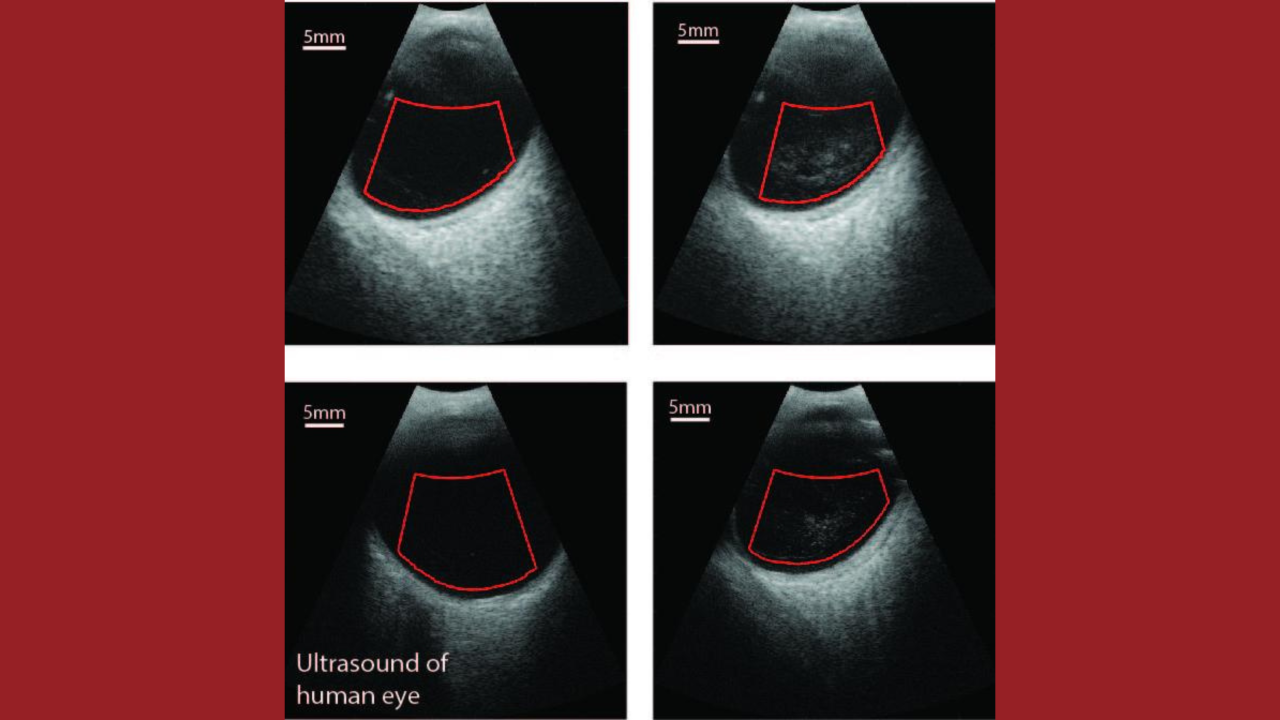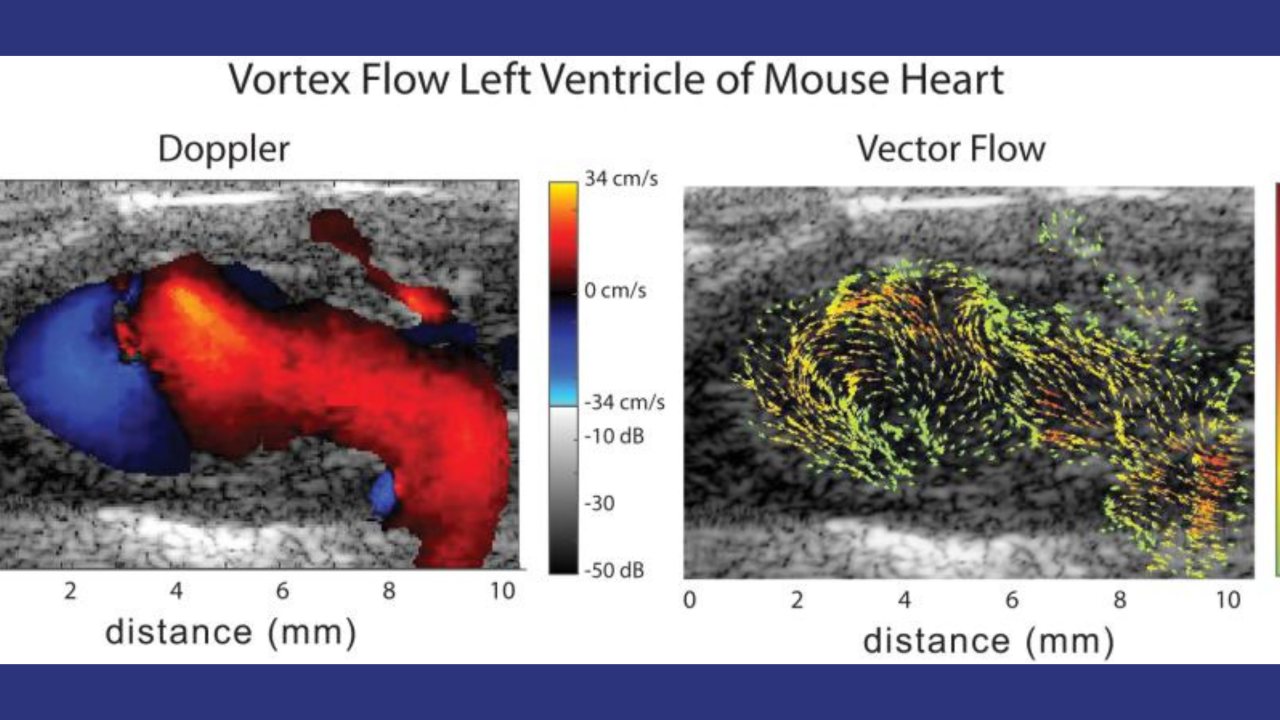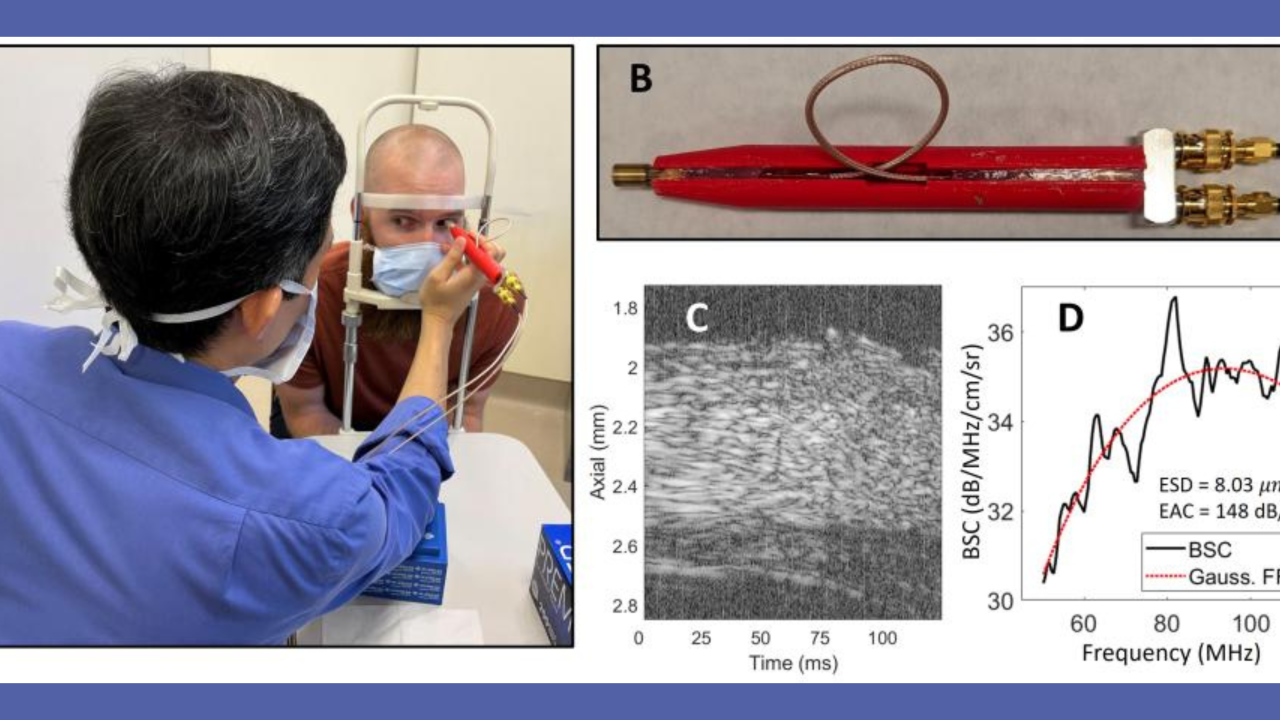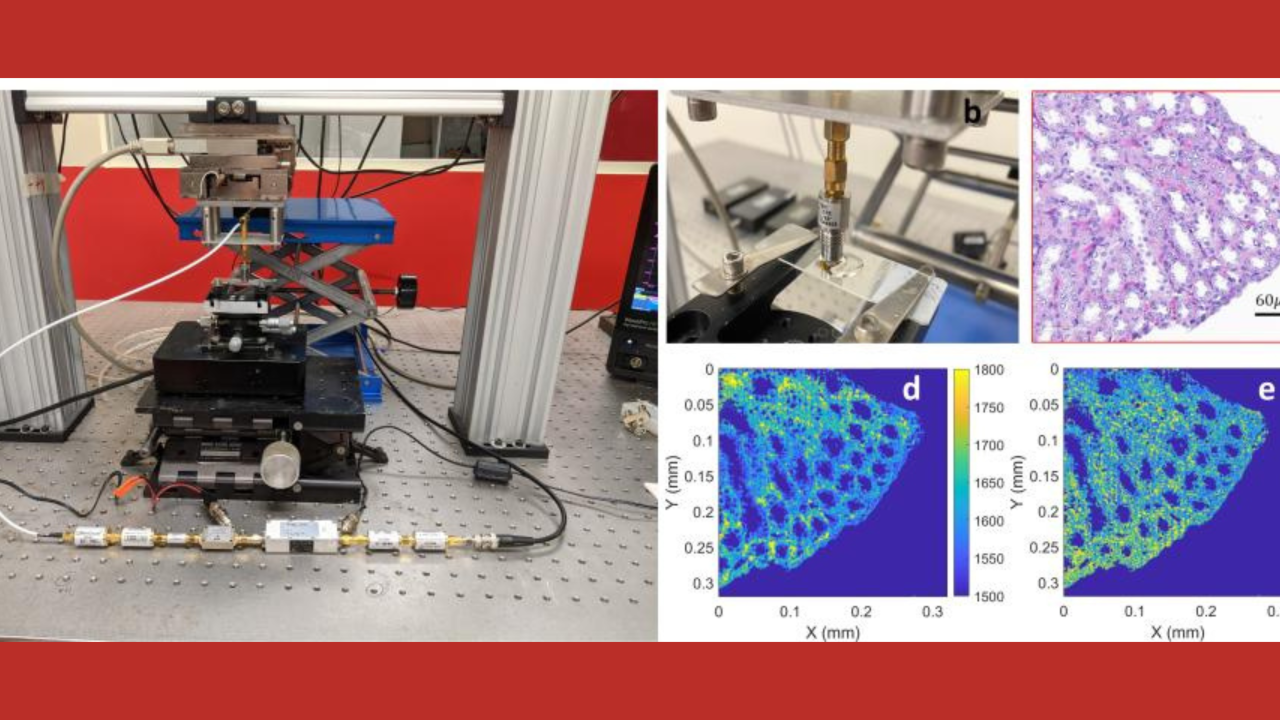BURL Mission
The Biomedical Ultrasound Research Laboratory (BURL) of the Weil Cornell Medicine (WCM) Department of Radiology was formed in 2022. BURL is focused on using ultrasound for medical imaging and therapy. Projects and expertise span from technology development to clinical implementation.
BURL Scientific Objectives
The BURL conducts advanced research on a wide range of medical ultrasound topics including: therapeutic ultrasound, ultrasonic tissue characterization, ophthalmic imaging, high-frequency transducers, acoustic microscopy, signal- and image-processing, blood-flow imaging, and elastography. The goal of the BURL is to work closely with collaborators at WCM and around the world to develop methods and technologies that will directly address clinically relevant medical problems.
BURL Core Activities
The BURL undertakes research and collaborations in a wide range of imaging and therapeutic research areas. Some recent focus areas include:
- Tissue characterization using quantitative ultrasound methods on numerous organs (e.g., lymph nodes, thyroid, prostate, etc.)
- Applying advanced Doppler methods to characterize blood-flow patterns in mouse models of cardiac disease.
- Evaluation of acoustic microstructure of tissue using acoustic microscopy with frequency >250 MHz
- Study of vitreous echodensity as it relates to age-normal and myopic patient populations.
BURL Laboratories
The BURL consists of researchers with advanced engineering degrees who work closely together with doctors and scientists at WCM on a wide variety of projects. The BURL maintains a well-equipped research facility with standard test-and-measurement equipment, acoustic- measurement equipment, optics components, prototype ultrasound instruments, advanced clinical ultrasound research machines, and computational hardware.
Core BURL Laboratories
BURL Collaborators
- Jingli Cao, Ph.D., WCM Cell and Development Biology
- Michele Drotman, M.D., WCM Department of Radiology
- Simon Dunham, Ph.D., WCM Department of Radiology
- Michael Harrison, Ph.D., WCM Cell and Development Biology
- Gene Kim, Ph.D., WCM Department of Radiology
- Bobak Mosadegh, Ph.D., WCM Department of Radiology


